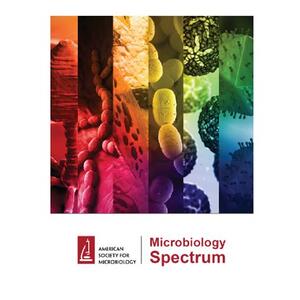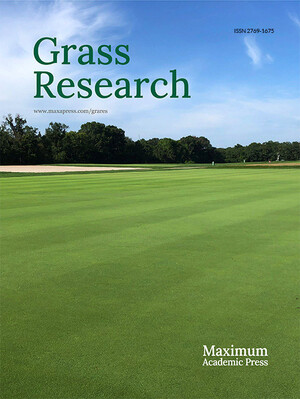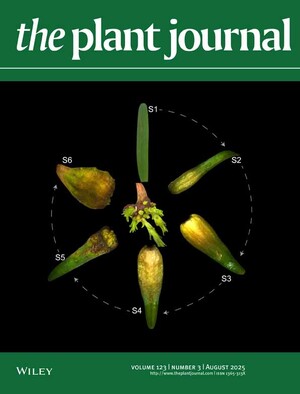
Impact of brewery sludge application on heavy metal build-up, translocation, growth and yield of bread wheat (Triticum aestivum L.) crop in northern Ethiopia
Abstract
In a field study, the impact of different levels of brewery sludge (BS) enrichment on Triticum aestivum L. (wheat plants) was examined in terms of growth, yield, heavy metal absorption, and potential health risks linked to plant consumption. Using a randomized complete block design with seven treatments and three blocks, the study showed that applying up to 12 t ha−1 brewery sludge significantly improved all agronomic parameters (except harvest index) compared to control and mineral-fertilized soil. Heavy metal translocation was generally low, except for Cu and Pb. The sequence of heavy metal translocation was Cu > Pb > Cd > Ni > Zn > Mn > Cr from soil to spikes and Cu > Zn > Mn > Pb > Ni > Cd > Cr from soil to grain. Heavy metal loads were mostly higher in roots than in the above-ground crop parts. The target hazard quotient (THQ), hazard index (HI), and target cancer risk (TCR) within wheat grain remained within safe limits for all BS treatments. Consequently, consuming this wheat grain is considered safe regarding heavy metals. Thus, utilizing brewery sludge at 12 t ha−1 as a fertilizer for wheat production and as an alternative method for sludge disposal is plausible.
Citation
Tesfahun, W., Deressa, H., Astatkie, T., Abamecha, N., Zerfu, A., Shumuye, M., Abera, G., Kidane, A., Hirko, M. and Assefa, F. 2024. Impact of brewery sludge application on heavy metal build-up, translocation, growth and yield of bread wheat (Triticum aestivum L.) crop in northern Ethiopia. Heliyon 10(11):E32559.










